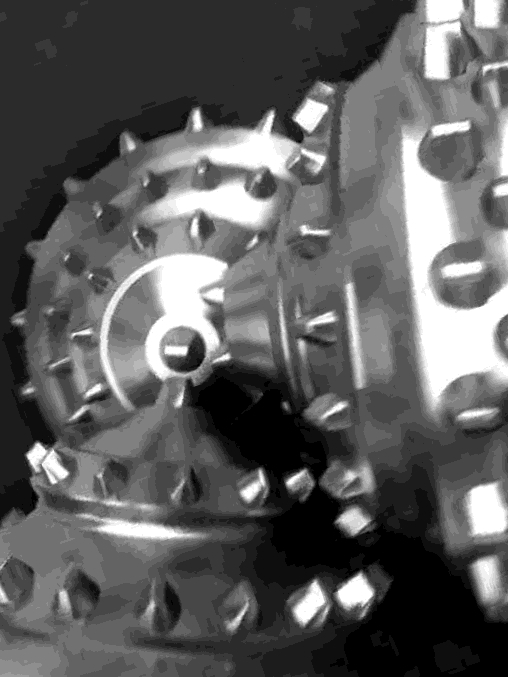Neutron boost for mining
 Australian nuclear science experts say new techniques could be used to boost the mining industry.
Australian nuclear science experts say new techniques could be used to boost the mining industry.
Local researchers have developed a new capability that uses a nuclear scanning technique to detect the presence of precious metals and strategic minerals in a core sample.
The approach involves neutron tomography scanning - similar to an X-ray CT scan but using neutrons - and is expected to be available to industry later in the year.
“Traditionally, neutron CT scans take much longer than X-ray CT scans. With this new development, it has become a fast, cost-effective and non-destructive way to map the concentration and distribution of minerals in a rock core,” explains instrument scientist Dr Joseph Bevitt.
The concept has been tested successfully with the support of Aurelia Metals who provided cores for testing from the Hera Mine, a gold-lead-zinc-silver deposit located 100km south-east of Cobar, NSW.
The Australian Nuclear Science and Technology Organisation (ANSTO) team comprising engineering and technical staff, developed a four-row rig, to hold the cores for parallel scanning.
The instrument produces a three-dimensional image reconstruction of the drillcore, which is achieved by rotating the cores in the neutron beam while acquiring thousands of shadow radiographs.
Using high-powered computing facilities, these are converted into 3D visualisations of the drillcores. This data can be used to extend 2D surface mineral maps achieved using X-ray fluorescence to more accurately report mineral content within entire drillcores.
Depending on the desired scan resolution, non-destructive neutron CT scanning of one- metre drillcore lengths can be completed in an hour.
At present, industry and research institutions use X-ray techniques for high throughput drillcore inspection and analysis.
However, X-rays cannot penetrate samples that contain abundant heavy metals, such as lead, without losing image contrast.
“Neutrons overcome this limitation as lead, and a number of other commonly occurring minerals that are problematic for X-rays are more transparent to neutrons,” said Dr Bevitt.
Also, planning is underway for the installation of an X-ray source to enable bi-modal neutron and X-ray tomographic imaging of drillcores.
“Bi-modal imaging opens up the opportunity for holistic 3D mineral mapping, based on the combination of independent X-ray and neutron contrasts,” Dr Bevitt said.
“This is a new application, as our instrument is used primarily for the analysis of cultural heritage materials, palaeontological specimens, and engineering materials.
“Given the importance of the mining industry in Australia, we think this new technique will enhance exploration activity, and better inform environment sustainability.”








 Print
Print